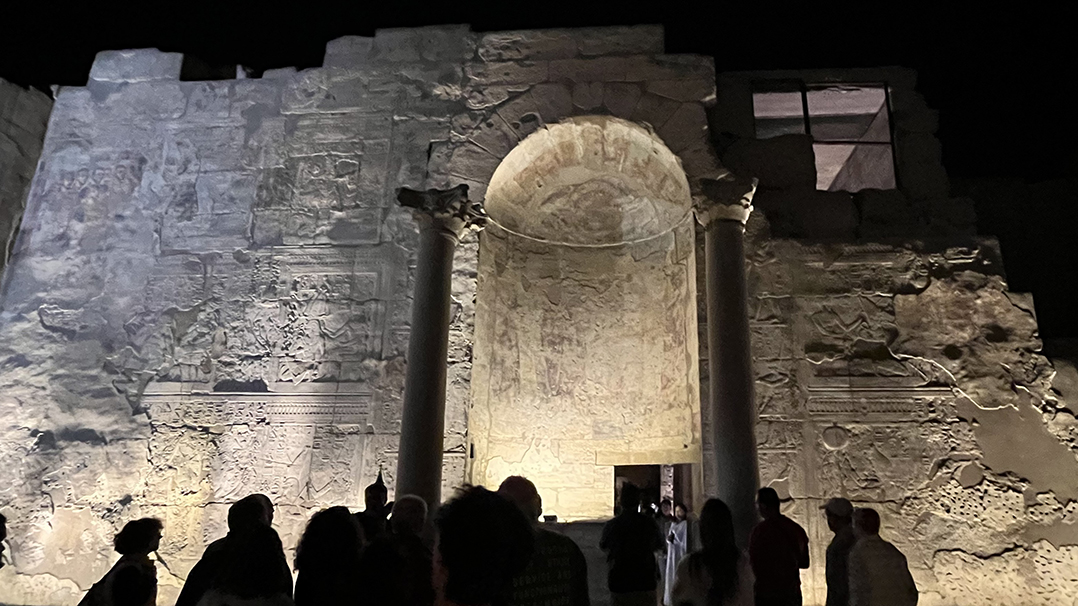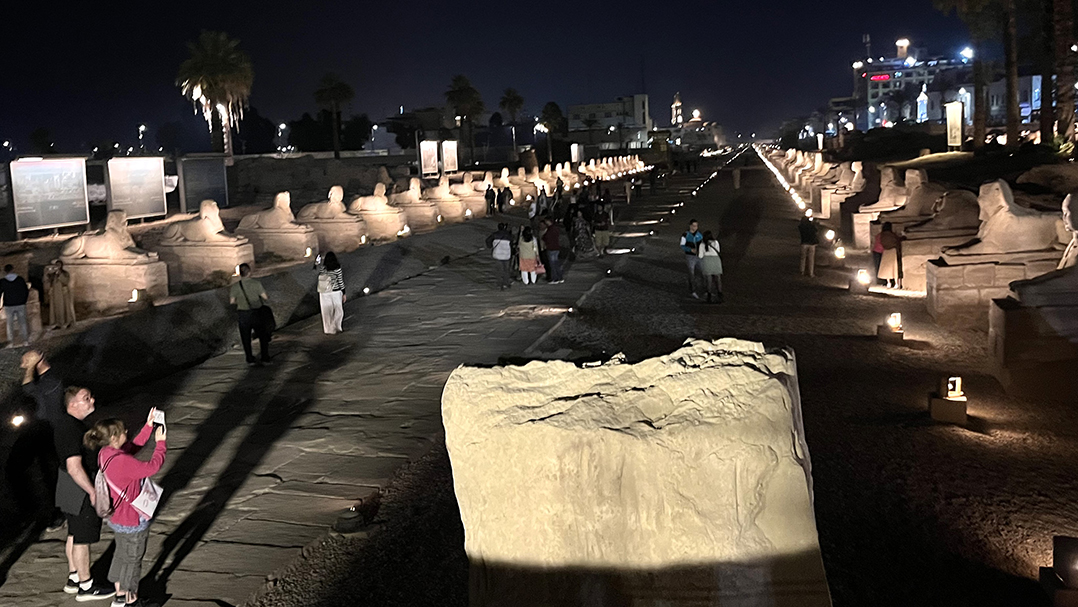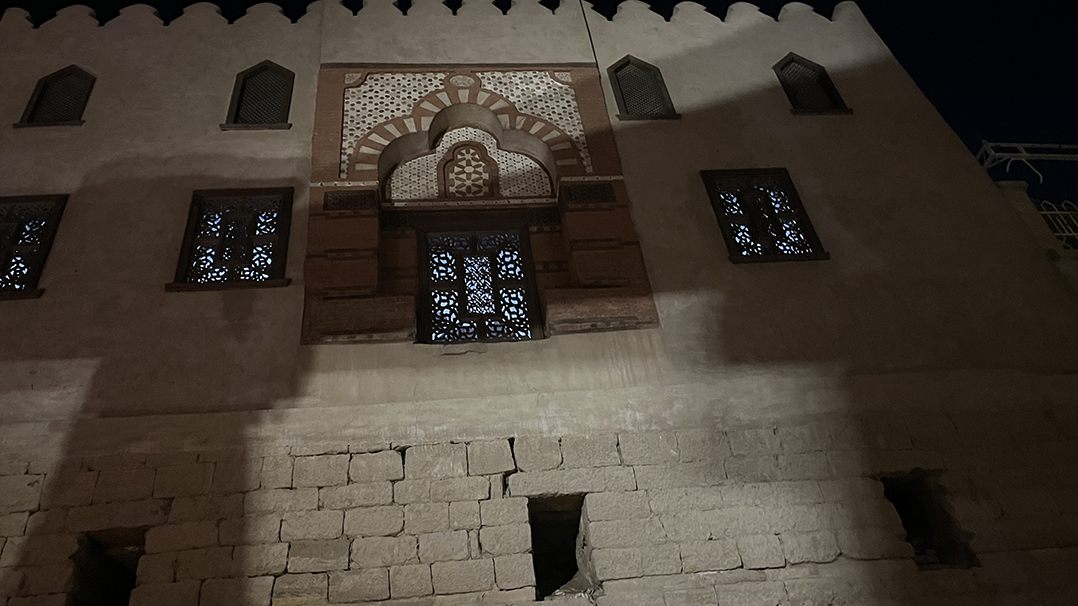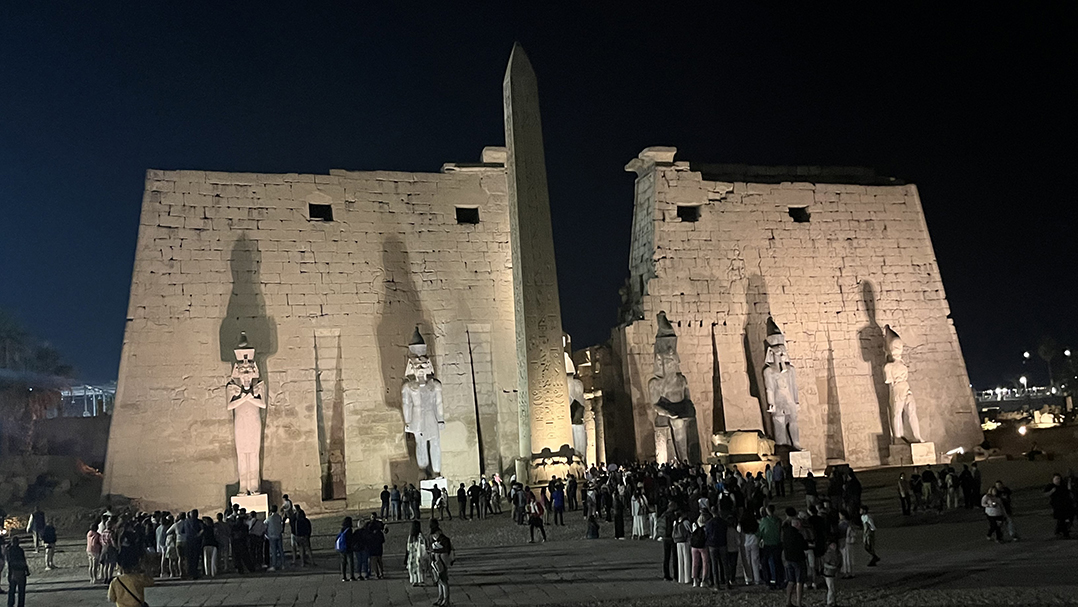In our continuing tour of Egypt, we visit the Luxor Temple, which is best seen at night.
In the late 14th century B.C., Pharaoh Amenhotep III began building a temple on the east bank of the Nile River in Thebes (now Luxor), then the capital of Egypt. Amenhotep’s son, who renamed himself Akhenaten, rejected Egypt’s traditional gods in favor of a single god and moved the capital to Amarna. Akhenaten’s son, Tutankhamen, moved the capital back to Thebes and continued building his grandfather’s temple.
In about 1250 B.C., Pharaoh Ramses II expanded the temple, erecting two 80-foot-tall granite obelisks on either side of the new north entrance. Ramses also erected statues of himself in front of the temple. By 350 B.C., a 2,000-meter-long avenue flanked by 600 sphinxes connected what is now the Luxor Temple to the Karnak temple complex. After Alexander the Great took control of Egypt in 332 B.C., a chapel erected within the Luxor Temple showed Alexander being crowned pharaoh by the god Amun. After the Romans captured Egypt, they used the Luxor Temple first as a shrine for their gods and then as a Christian church. As time passed, part of the temple was covered with dirt and a mosque was built atop the temple site.
In 1830, one of the obelisks in front of the Luxor Temple was given to France by Egypt’s Ottoman rulers. Today, that obelisk stands in Paris’ Place de la Concorde. Excavation of the buried parts of the Luxor Temple began in the late 19th century, maintaining the mosque perched on its walls. In 2021, an excavated section of the Avenue of the Sphinxes opened in front of the Luxor Temple. The Abu Haggag Mosque inside the temple is still in use, more than 3,500 years after the site was first used for worship.







